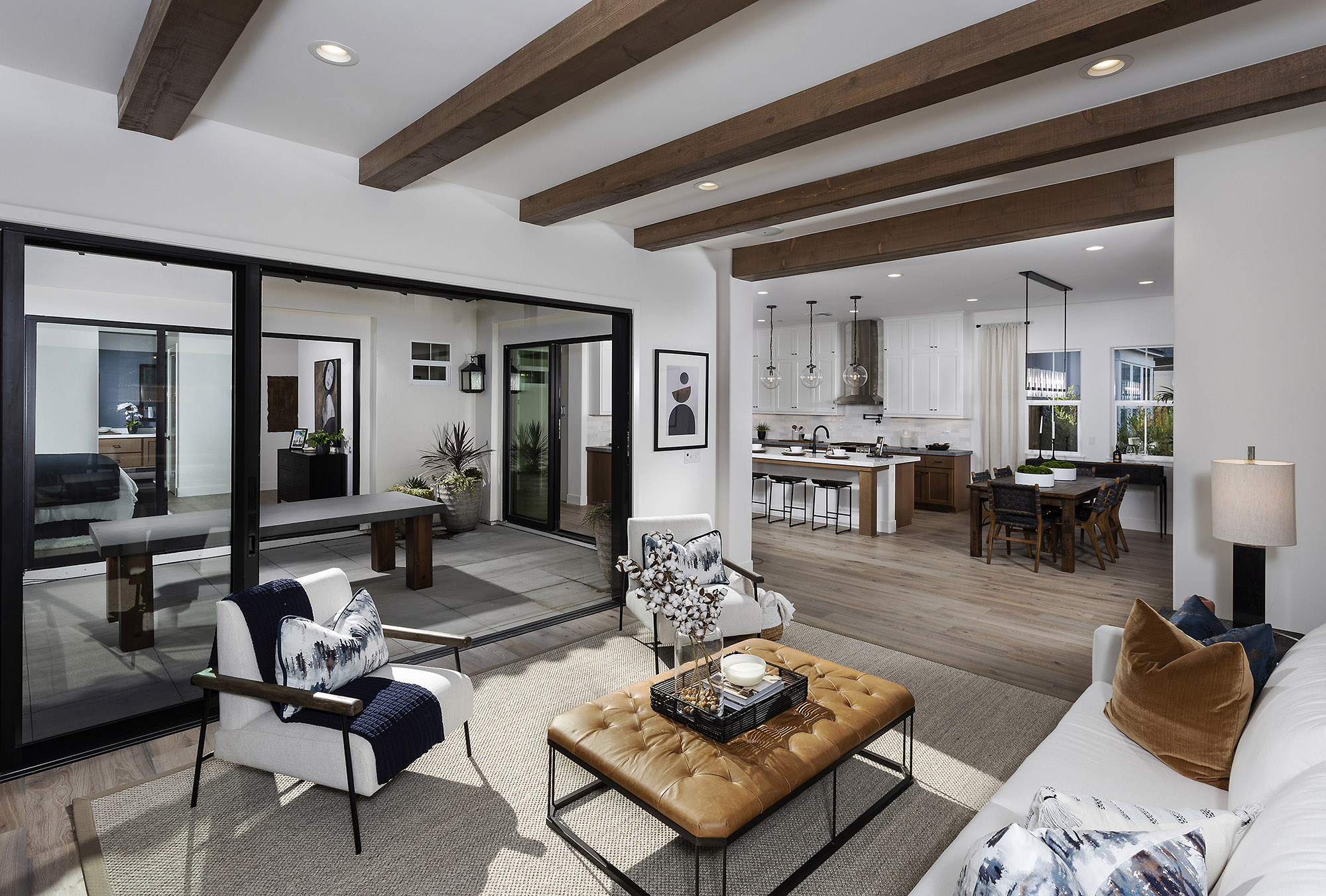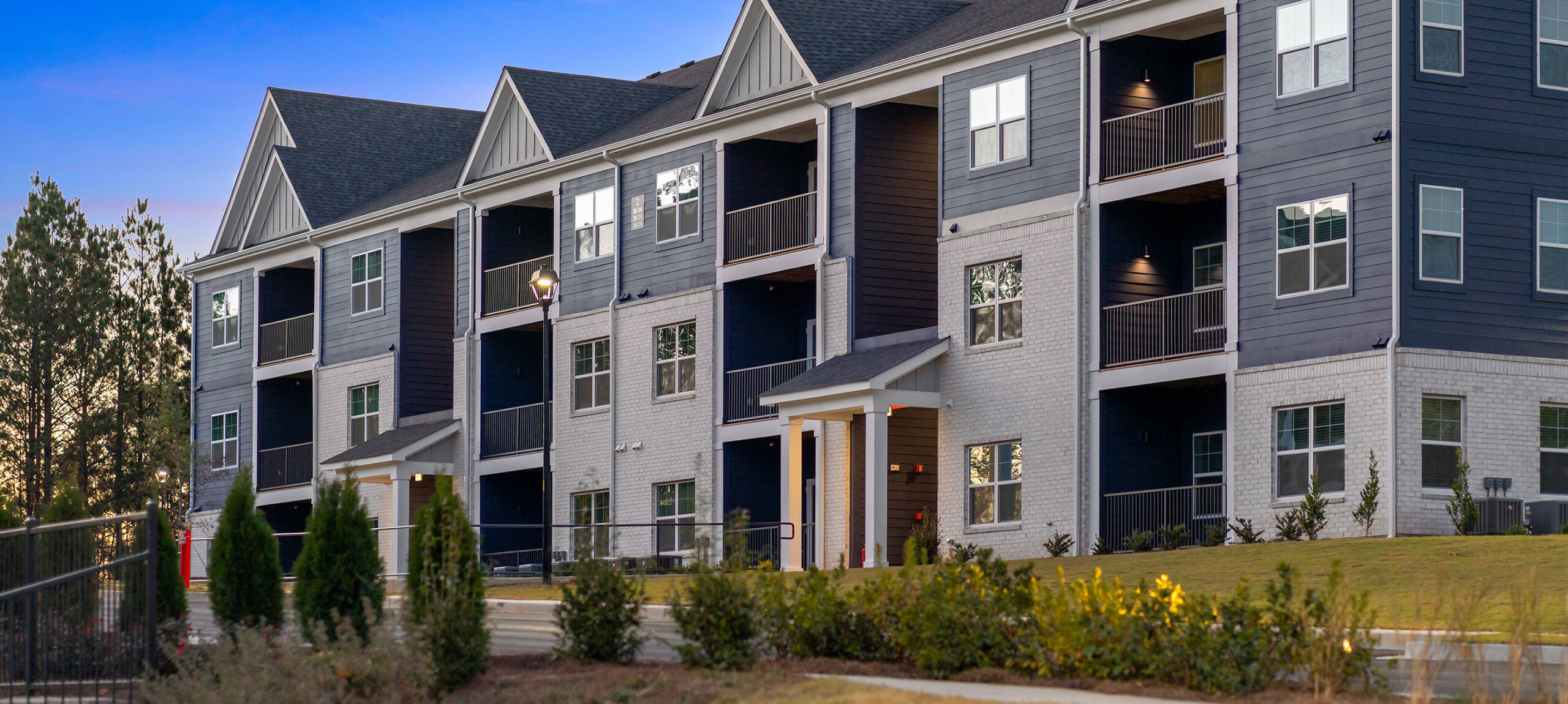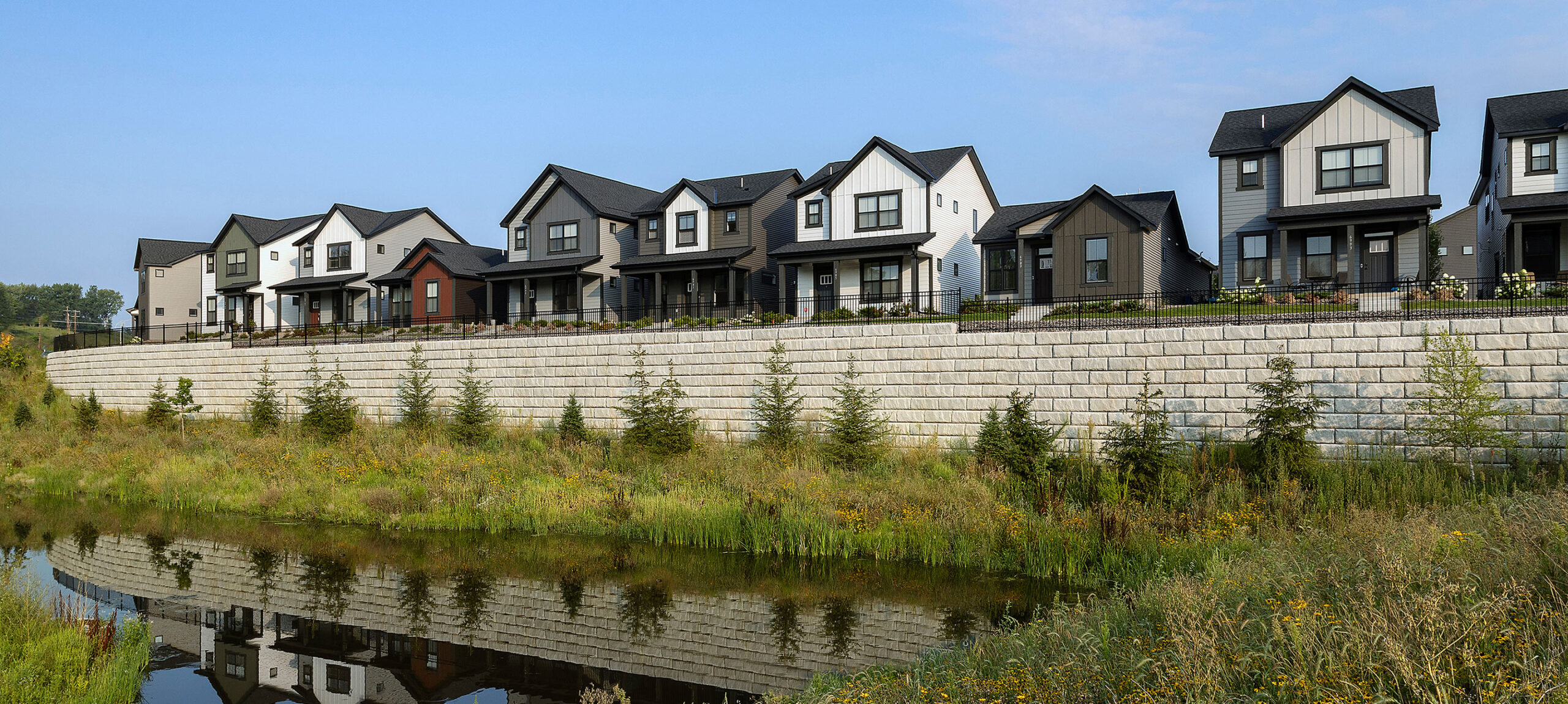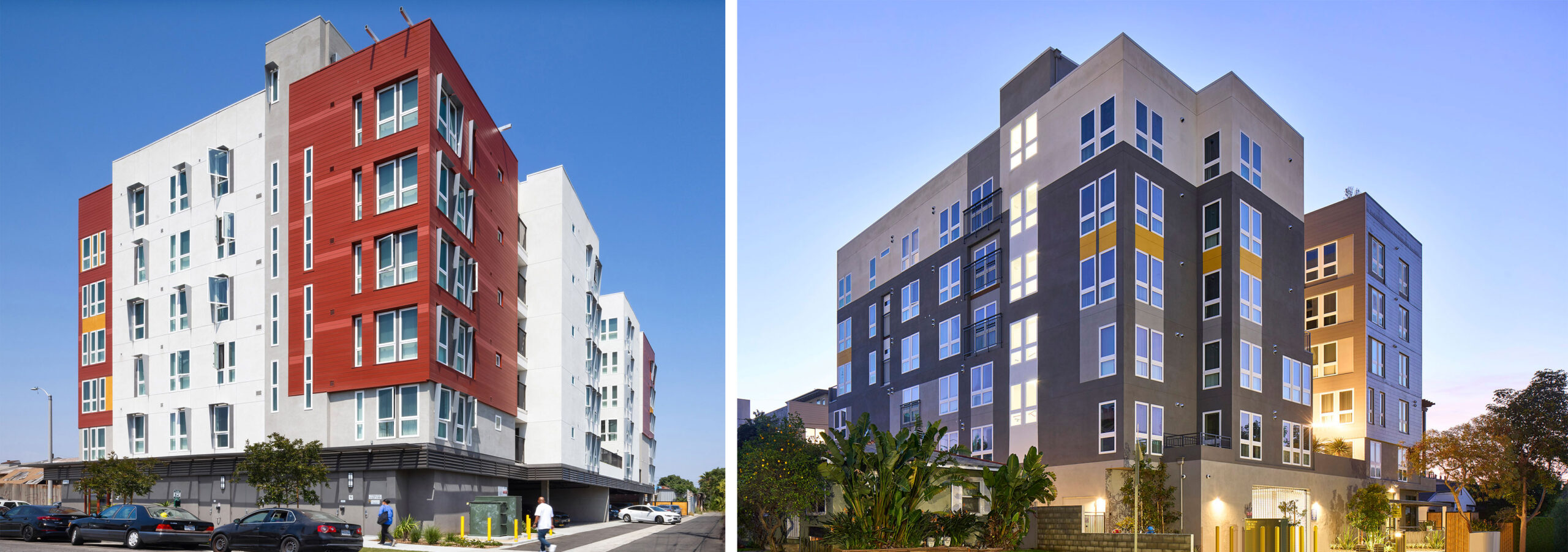The recent surge in single family home construction in February 2024 bodes well for the industry, but it also signals a pivotal shift in consumer lifestyle preferences. Recent data was released to show an adjusted annual rate of 1,129,000 in single family home starts, a 11.6% climb from the previous month. New homes are gaining ground over used homes as consumers move past the sticker shock of higher interest rates and are ready to buy. But this uptick is about more than just numbers; builders should prepare to capture their fair share of the market by shifting floor plan designs to reflect today’s buyer preferences.

Responding to a Shift in Preferences
The increasing demand for single family homes is indicative of a broader desire for personal space, comfort and a connection with nature. This shift presents an exciting opportunity for architects and designers to rethink traditional home layouts and features, prioritizing flexibility and sustainability.
Embracing Sustainability and Energy Efficiency
Sustainability is no longer a niche interest but a fundamental aspect of modern home design. Today’s homeowners are acutely aware of their environmental footprint, seeking homes made from eco-friendly materials that offer energy efficiency without compromising on comfort or style. Incorporating these principles at every stage ensures that each home not only minimizes its impact on the environment but also sets a new standard for sustainable living.
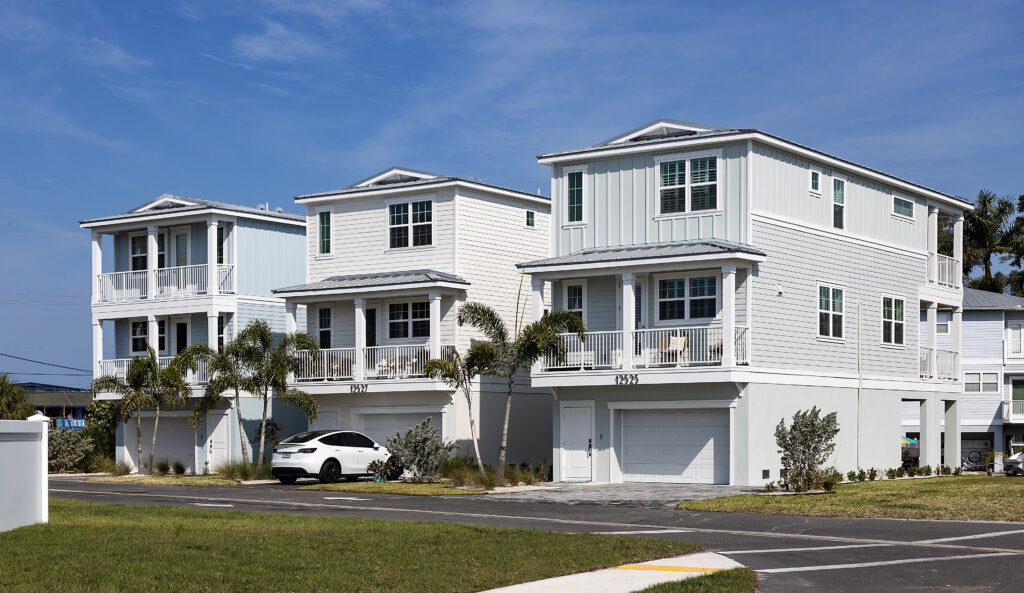
Flexible Living Spaces
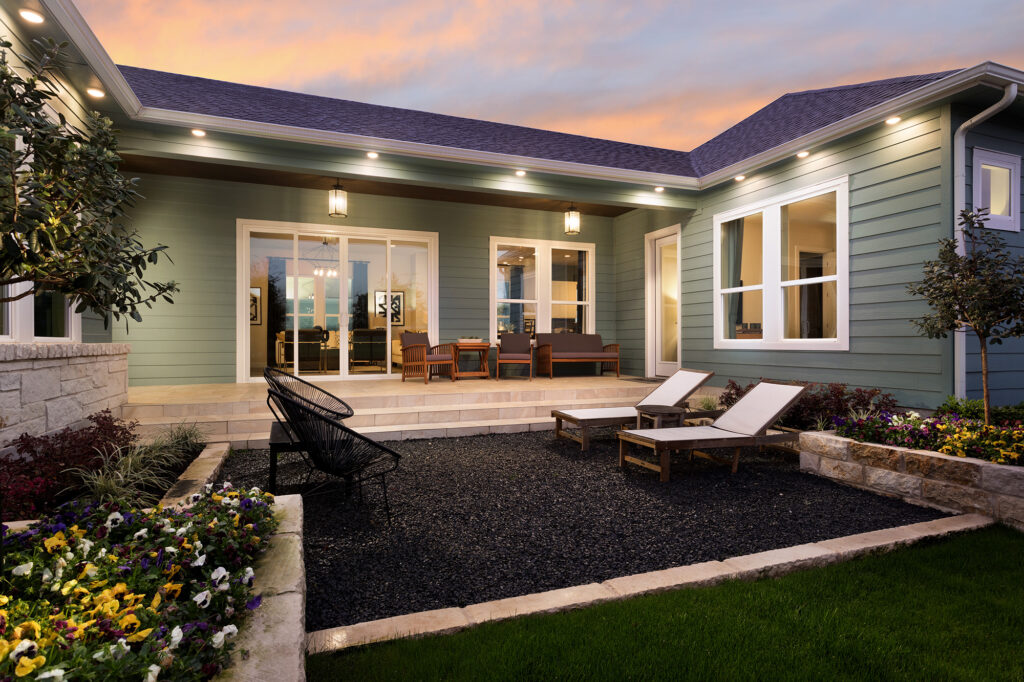
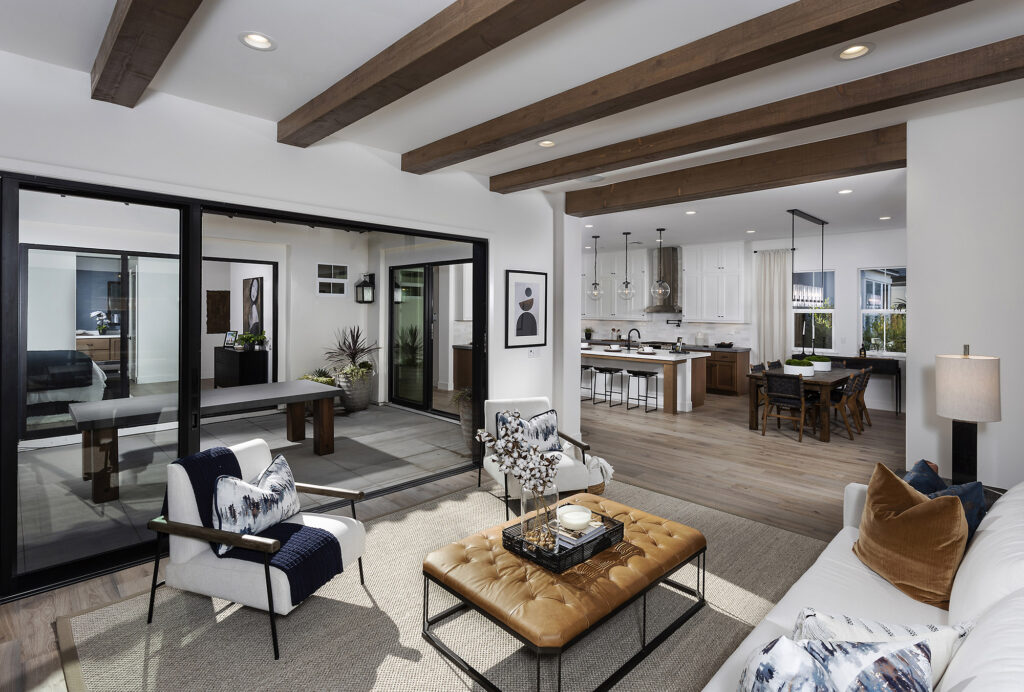
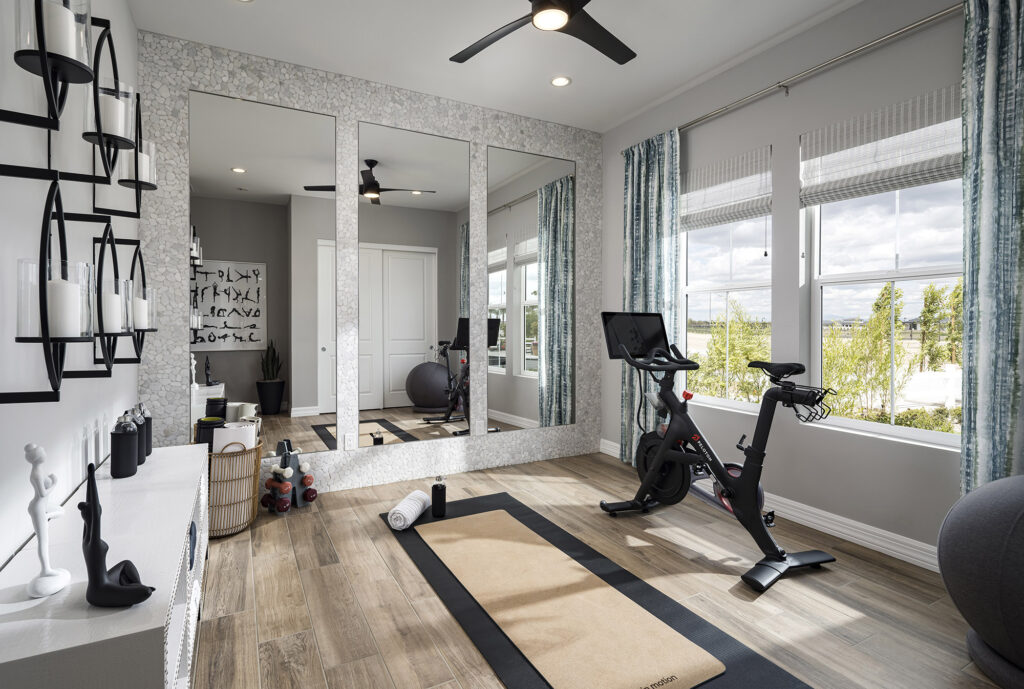
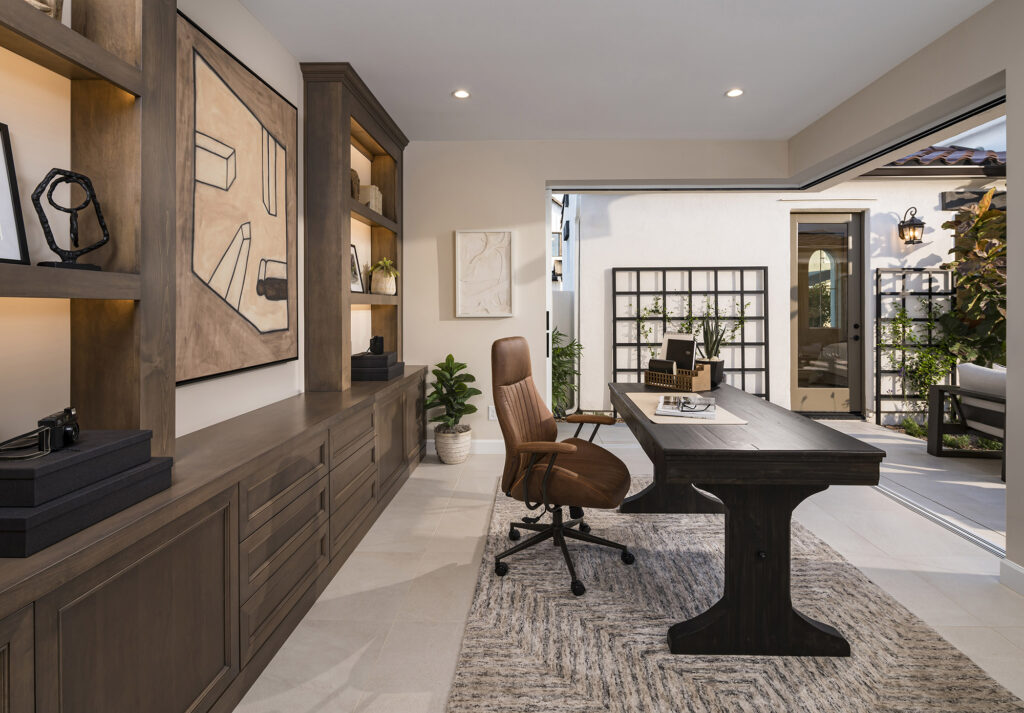
The concept of home has evolved significantly, with an increasing emphasis on versatile spaces that adapt to a range of activities and changing family dynamics. Open floor plans, multi-functional rooms, and seamless indoor-outdoor transitions are at the forefront of this trend. All single family homes – from modest homes to custom builds – should reflect this shift. From remote work to indoor and outdoor entertainment, adaptability in modern living is so important for tomorrow’s buyers.
Planning for the Future: Age In Place Features

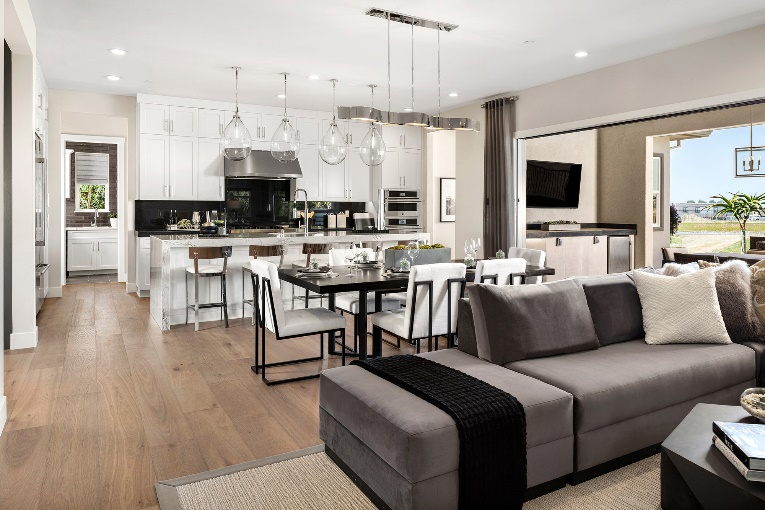
With an aging population, designing homes that accommodate the needs of all ages and abilities has become crucial. It’s important to incorporate features such as wider doorways, one-floor living options, and walk-in showers, ensuring that homes are not only accessible but also adaptable to the changing needs of residents over time.
Charting the Course Forward
The recent growth in single-family home construction indicates a shift towards personal, sustainable, and adaptable living spaces. This trend shows the importance of designing homes that not only cater to current lifestyles but are also forward-thinking, ensuring they remain relevant and functional for future generations.
